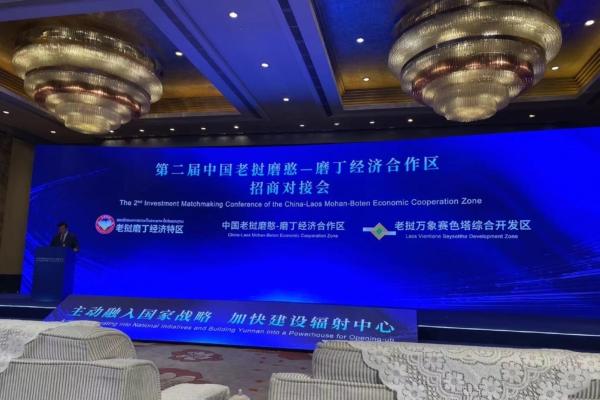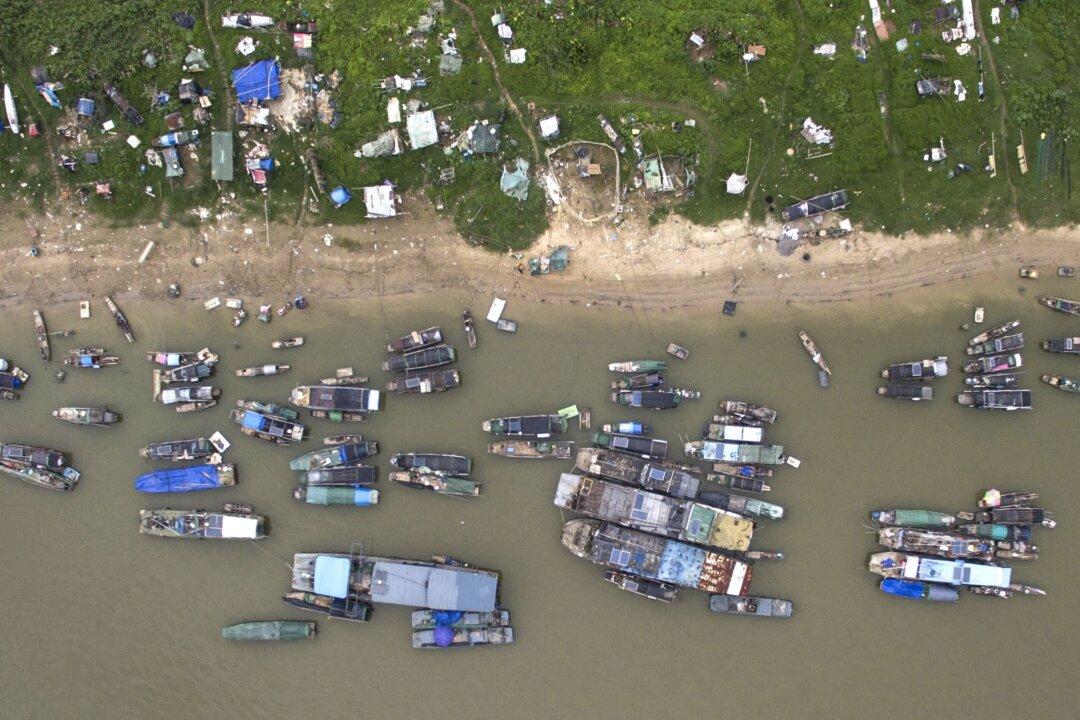A Chinese citizen recounts his experiences when the CCP (Chinese Communist Party) virus outbreak first broke out in the city of Wuhan late last year and then re-emerged in Beijing in June.
Liu Jun (an alias) is a Wuhan native who works in Beijing. He returned to his hometown for the Chinese New Year in late January. Liu believes he may have been infected with the CCP virus during the lockdown, but luckily, he recovered from the symptoms. After the lockdown was lifted in Wuhan in April, he tried to go back to work. But he encountered obstacles due to Beijing’s strict rules in containing the virus which had re-emerged in the city. “I was thrown into another pandemic battlefield,” Liu said.




